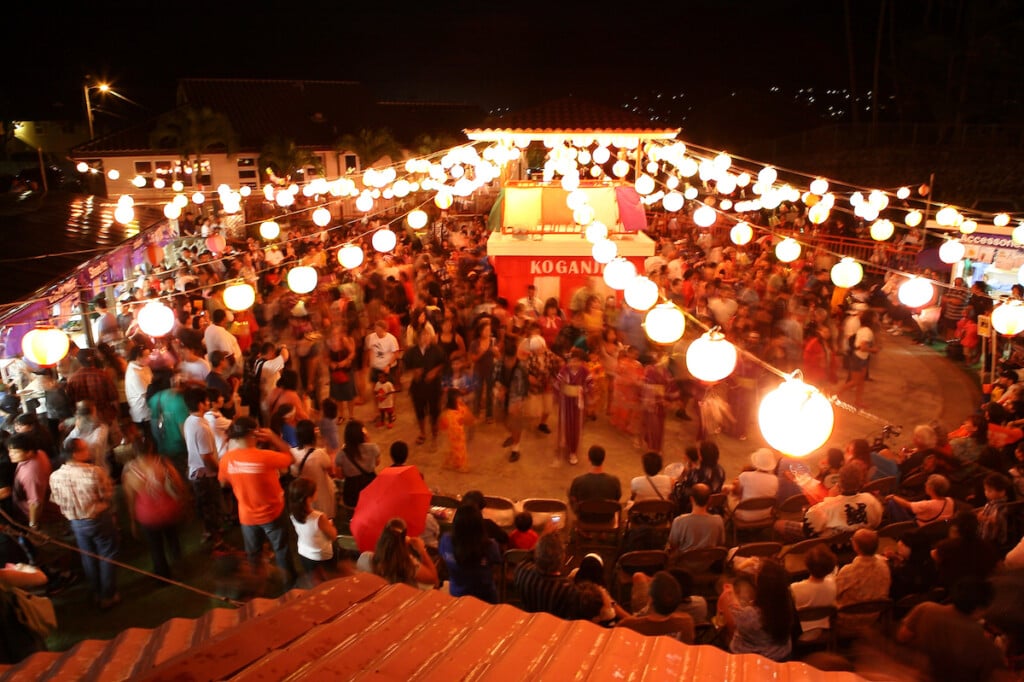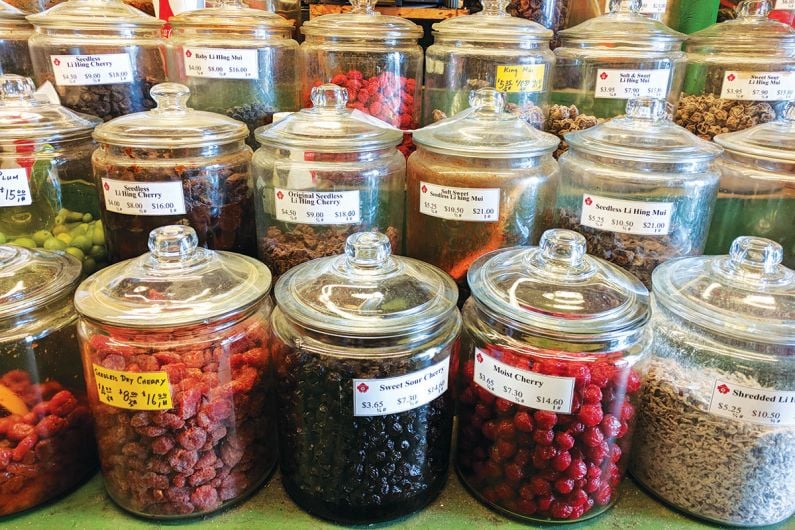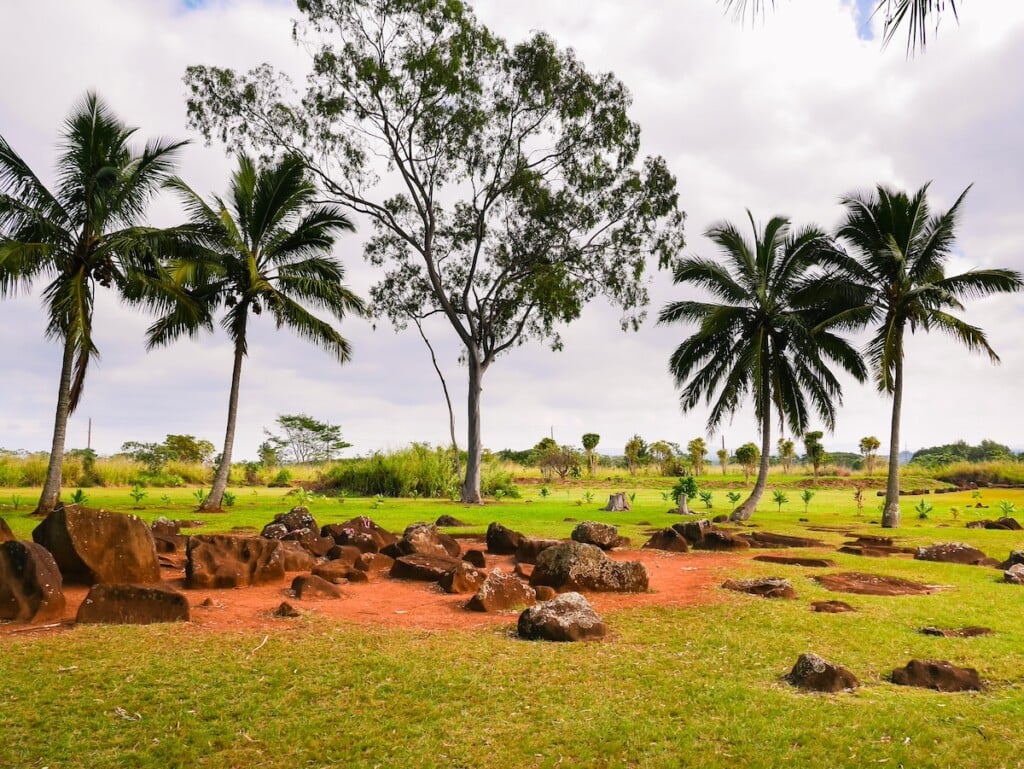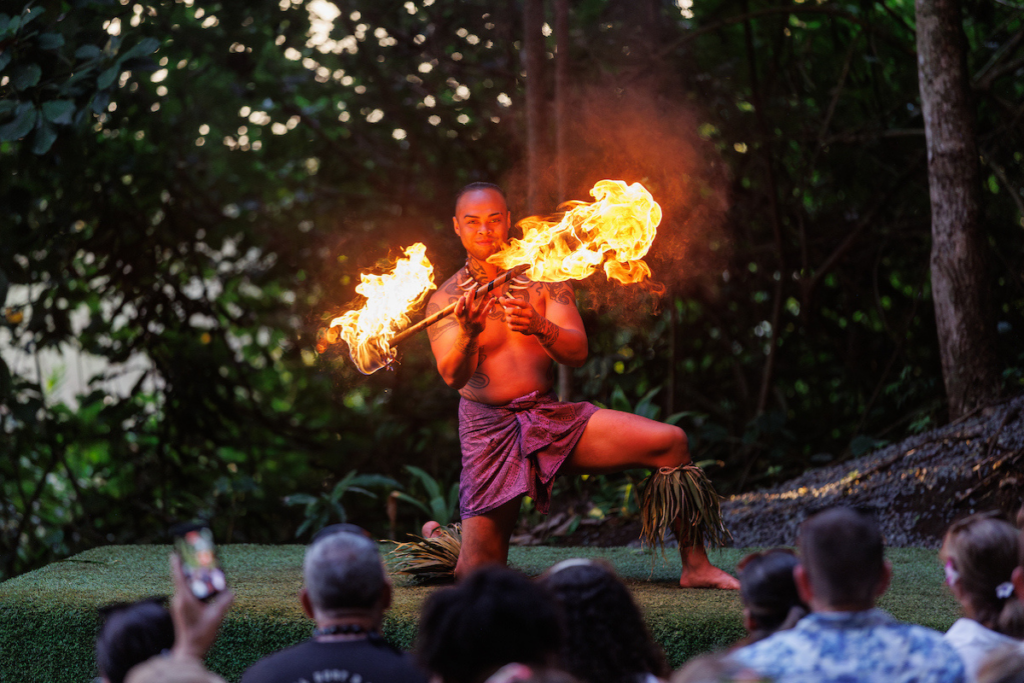Everything You Need To Know About Bon Dances in Hawaiʻi
Here’s what to do, eat and see at these traditional Japanese celebrations that happens every summer in the Islands.

Mangoes, lychee, south swells and bon dances.
These are all the things we look forward to in summer in Hawaiʻi.
Wait—what’s a bon dance?
The Obon—or bon—festival is an annual Japanese holiday held in the summertime that commemorates and remembers deceased ancestors. It is believed that their spirits return at this time to visit their relatives. Obon has been celebrated in Japan for more than 500 years, and the dance, known as bon odori, is part of the tradition.
Because of Hawaiʻi’s large Japanese population—immigrants arrived from Japan and Okinawan to work on sugar and coffee plantations starting in the late 19th century—temples across the Islands host dozens of bon dances from now through August.
These festivals can be intimidating to someone who has never seen one before—but that shouldn’t stop you from going. There’s so much to see, do, learn and eat—oh, yes, to eat!—at these bon dances.
So here’s everything you need to know before you go.
The Scene

The stage of the yagura with a big Japanese taiko drum at a bon dance.
Photo: Getty Images/Zozulya
Most bon dances are held at a Japanese Buddhist temple, though sometimes you’ll find them at parks and other public spaces. (BTW, you don’t have to be Buddhist to participate.) In the middle of the dancing area is a yagura stage. (Yagura is the Japanese word for tower or scaffold.) Drummers, singers and other musicians perform on this raised stage; dancers move around it. Around the dance area you’ll often find vendors selling crafts and food.
The Food
View this post on Instagram
Speaking of food, bon dances in Hawaiʻi are known for serving delicious, local-style nosh, from Okinawan andagi (a kind of deep-fried doughnut) and fried noodles to teriyaki beef skewers and Spam musubi. In fact, certain temples are famed for their food offerings, which include manju, mochi, fresh corn on the cob and homemade chili. If you don’t want to dance, at least come for the food. And bring cash; most bon dances don’t take credit cards or Venmo.
The Dances
The music and dances you see at obon festivals vary from region to region in Japan. Many of the dances you’ll see performed in Hawaiʻi are generations old, traditional folks songs brought by the first immigrants to the Islands. But there are newer songs, too, including the Pokémon Ondo, which is about, you guessed it, Pokémon! The movements are fairly simple, and beginners can easily follow along. The movements of the popular Tankō Bushi (“coal mining song”) from Kyushu shows the movements of miners: digging, cart pushing, lantern hanging. Some dances involve the use of props, including fans, small towels called tenugui and wooden clappers.
The Attire
View this post on Instagram
Wear comfortable clothing, especially if you want to try your hand at dancing. Serious bon dancers will don yukata (not kimono), which are made of cotton for the hot summer weather. Shorter-length yukata are called happi coats. (Often times temples will sell yukata or happi coats.) Covered shoes is best, but honestly, you can dance in Crocs or slippers (flip flops), too.
Tips for First-Timers
- Go early. It’s easier to find parking and grab food.
- Bring your own chairs. You’ll want to stake out an area to relax, and temples don’t always have enough chairs for everyone who attends.
- Try dancing—but don’t stop: The massive throng of bon dancers may seem intimidating, but beginners are always welcomed. Find a spot, ask the dancers if you can jump in the line and mimic their movements. Just don’t stop moving. Even if you get confused, keep walking with the line. Sudden stops can mess up the person behind you.
- There’s more than just food and dancing. Many bon dances, like the Mililani Hongwanji Mission and Mō‘ili‘ili Summer Fest (both on O‘ahu), have craft vendors selling locally made goods.
- Bring cash. Most vendors at bon dances don’t accept any other payment.
- Donate if you can. Although bon dances are open and free to the public, the Buddhist temples that organize and carry out the festivities often rely on money donated at the choba (donation booth).
Here’s a list of Oʻahu bon dances from our sister publication, HONOLULU Magazine.


